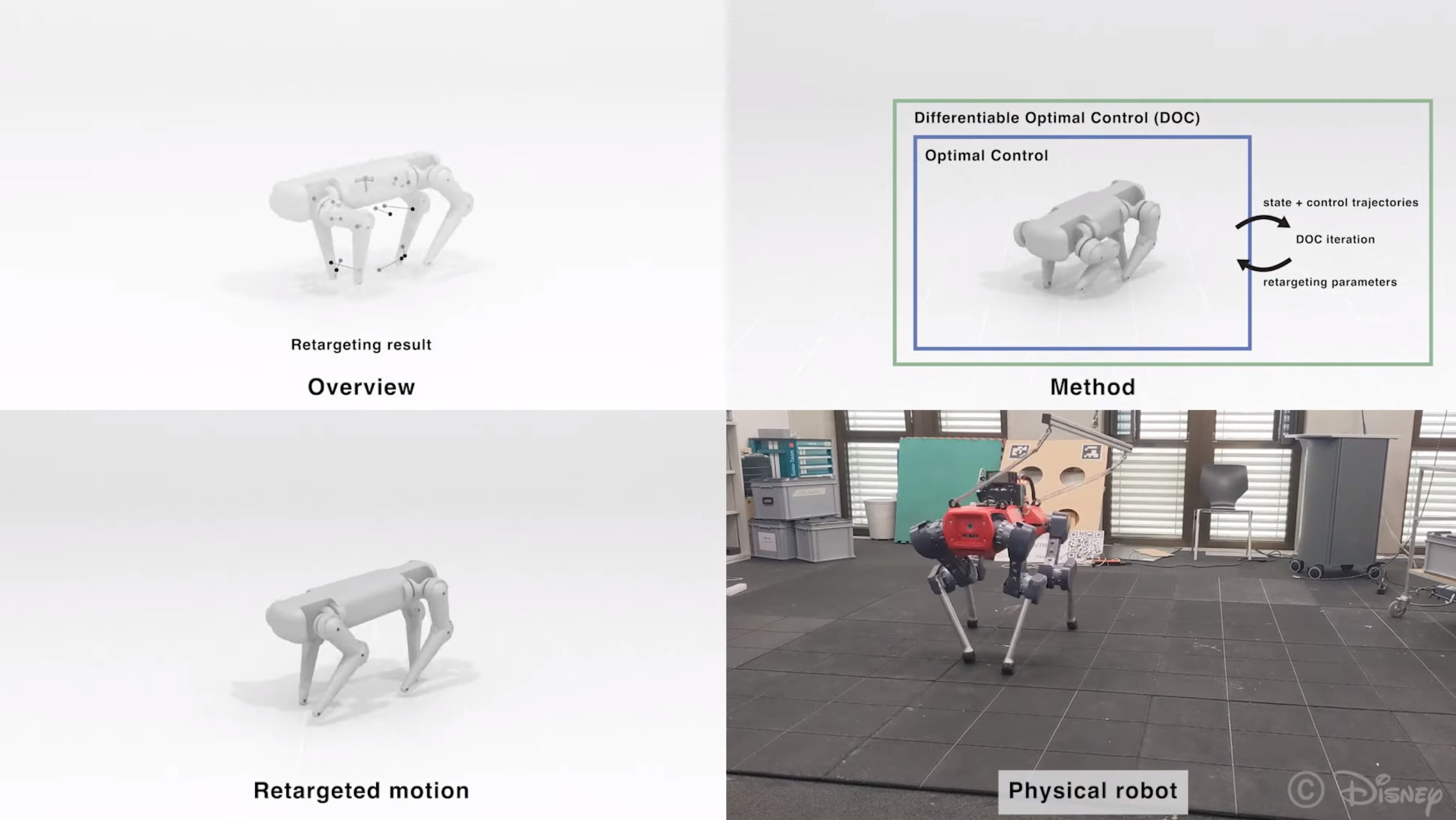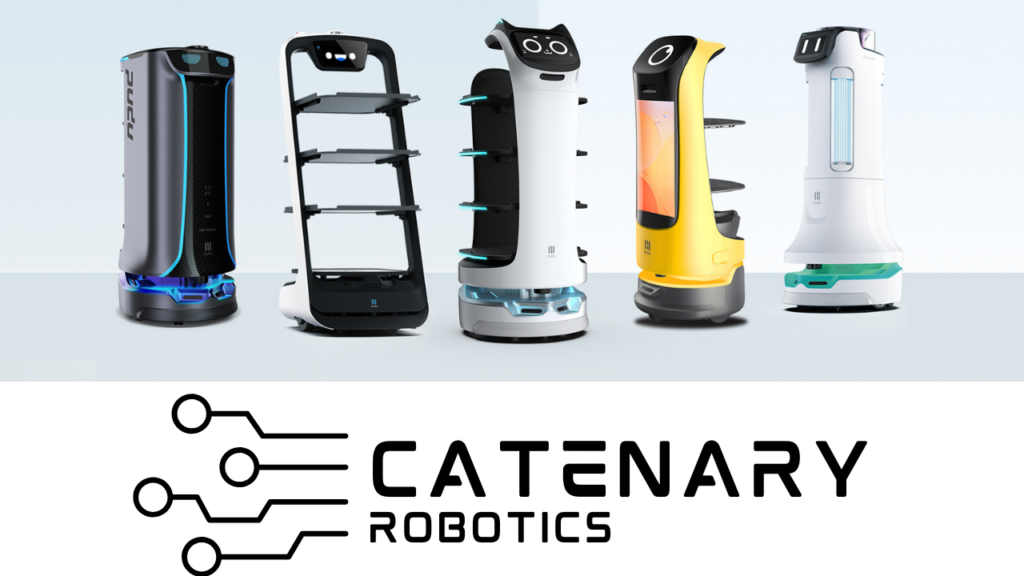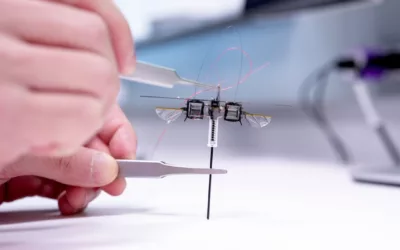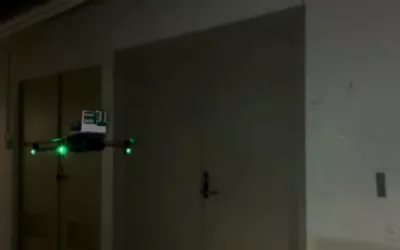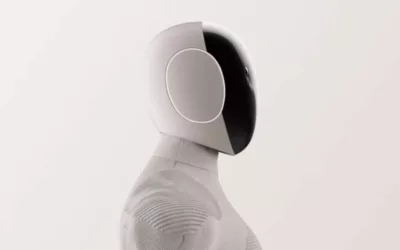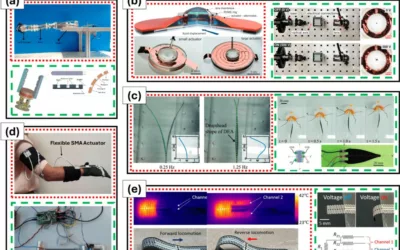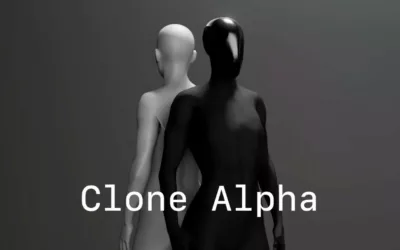Disney Research published a paper on retargeting expressive movements to make robots more lifelike in their movements.
Legged robots are capable of performing dynamic motions, but retargeting expressive movements onto these complex systems remains a challenge. Disney developed a novel approach using Differentiable Optimal Control (DOC) to facilitate the transfer of rich motions from animals or animations to legged robots. Their method allows users to retarget motion capture or animation data onto robots of varying proportions and degrees of freedom while minimizing retargeting errors.
Legged Robots and Motion Retargeting
Legged robots are designed for fast and dynamic movements, and there have been demonstrations of expressive performances such as dancing. However, making these robots appear more lifelike and animal-like requires expert knowledge and manual trial-and-error adjustments.
Challenges in Motion Retargeting
To imbue legged systems with animal-like traits, motion capture systems and skilled artists play crucial roles. However, differences in proportions, mass distributions, and degrees of freedom between the input data and the robot pose significant challenges in retargeting motions effectively. Also, artistic input often disregards the laws of physics, adding complexity to the process.
Advancements in Machine Learning and Retargeting Techniques
Recent advances in machine learning have enabled robots to learn agile and dynamic motor skills, but they offer limited or indirect control over the resulting motions. Various retargeting techniques exist, but many require similar proportions or full actuation in the robot, limiting their applicability.
Introducing the Differentiable Optimal Control (DOC) Framework
Disney proposes a novel approach using the Differentiable Optimal Control (DOC) framework, which interfaces with various sources of motion data. Users are only required to define loose correspondences between points of interest in the input and the robot. The framework optimizes retargeting objectives, accounting for differences in proportions and degrees of freedom.
Demonstration with Model-Predictive Control (MPC)
To showcase the effectiveness of our modeling, it makes a specific Model-Predictive Control (MPC) formulation differentiable with respect to objective parameters. We use this approach to transfer motion capture or animation data onto quadrupeds with vastly different proportions and mass distributions, resulting in natural retargeting that adheres to physics-based constraints.
Disney’s differentiable continuous optimal control framework is suitable for various constrained optimal control strategies. Additionally, it’s an easy-to-use retargeting technique that overcomes challenges related to differences in proportions, mass distributions, and degrees of freedom between the input source and the robot model. This approach opens up new possibilities for legged robots to perform lifelike and expressive motions with applications in physics-based character animation and real-world environments.

